
Why the Biotar-Inspired TTArtisan 75mm f/1.5 Lens Deserves Attention: A Modern Take on a Classic Carl Zeiss Biotar Design
The Carl Zeiss Jena Biotar 75mm f/1.5 is a legend in the world of vintage lenses. Although it is practically synonymous with swirly bokeh, it is more the master of the craft than the originator. That honor belongs to the earlier Petzval lens.
However, focusing only on this signature look of a beautiful swirly bokeh overlooks the Biotar’s other remarkable strengths. Far from being a one-trick pony, the Biotar delivers excellent center sharpness at wide open aperture, as well as rich and natural color rendition. Its very unique artistic bubble bokeh occurs far more easily than the swirl. I will describe the three different bokeh types of Biotar-type lenses in more detail below. These qualities, combined with its overall optical excellence and unique character, are what truly make the Biotar 75mm f/1.5 a masterpiece of vintage lens design. The Biotar-inspired TTArtisan lens shows the same look and optical charateristics with some improvements due to its modern coatings and the use of high-index glass in two of its elements.
I assume that you are familiar with the legendary Carl Zeiss Jena Biotar 75 mm f/1.5 lens, which was produced in three different versions between 1939 and 1968. If not, please read Chayenne Morrison’s excellent article: Carl Zeiss Jena Biotar 75mm f/1.5 – The Legendary “King of Bokeh”

Fortunately, Mr Qing Li, the founder and CEO of TTArtisan in Shenzhen, China, is a passionate camera and lens collector. Qing Li initiated the development and production of the affordable, “Carl Zeiss Jena Biotar-inspired” TTArtisan 75 mm f/1.5 lens, which was a sensation among vintage lens enthusiasts. It went on sale in the US at the end of 2024, priced at around $300.
The TTArtisan 75mm f/1.5 is a newly produced lens which does not suffer from the age- and usage-related issues of vintage lenses, such as lens fungus, scratched glass, damaged coatings, balsam separation, oily aperture blades, and resinified lens fluids. These issues are described in my 10-point checklist for buying vintage lenses.
Only Swirly Bokeh? The three different bokeh types of Biotar-type lenses
The distances and aperture values mentioned apply specifically to Biotar-type 75mm f/1.5 lenses and may vary slightly for other lenses in this family, such as the Carl Zeiss Jena Biotar 58mm f/2 and the Helios-44 58mm f/2 lenses.
- At close distances, the creamy bokeh becomes almost surreal, especially at the lens’s minimum focus distance down to 0.75 meter
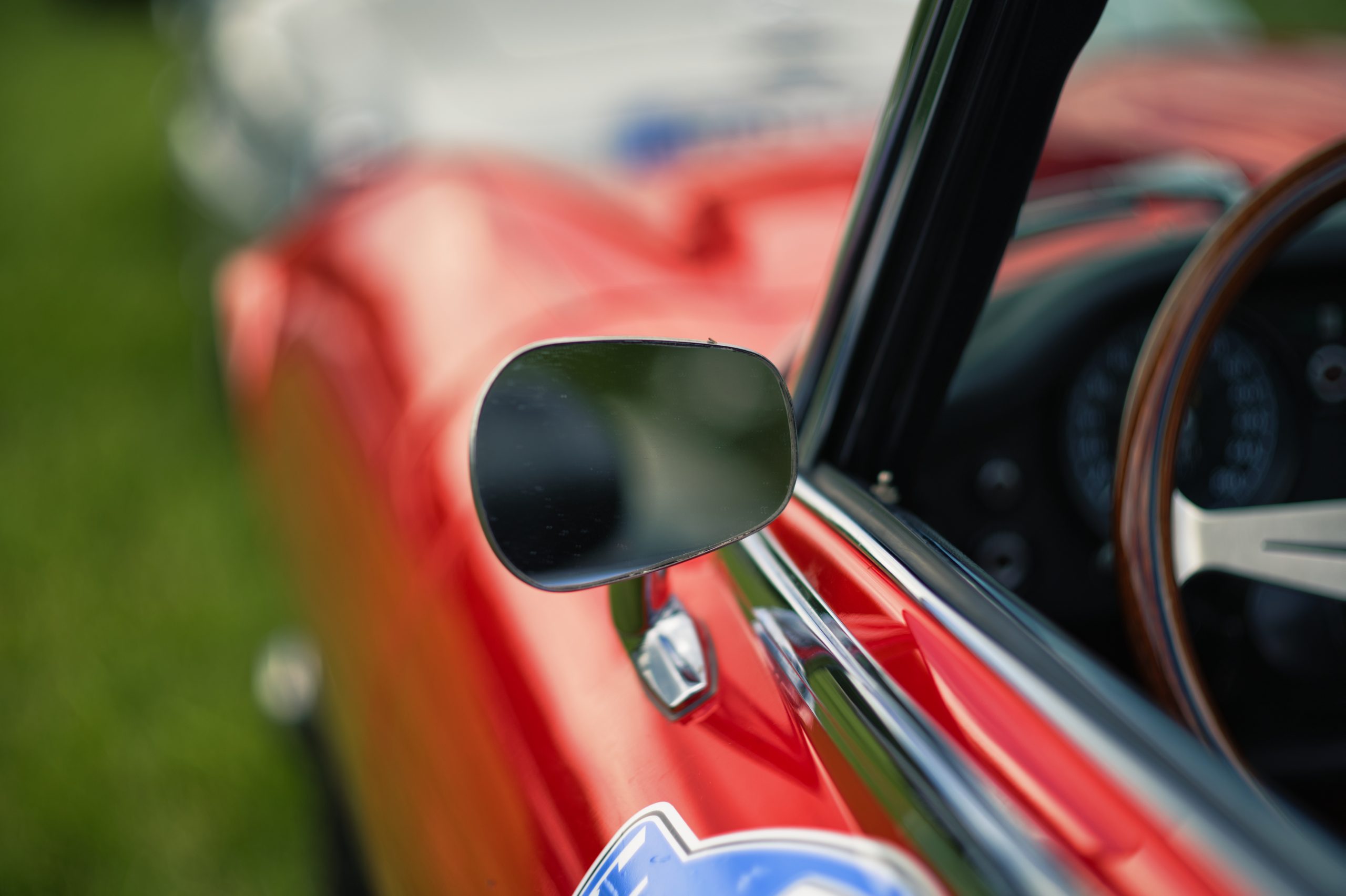
Shot with the TTArtisan 75mm f/1.5 lens: red Jaguar mirror shot at minimum focus distance creates a blurry bokeh in the background. Click on the image to enlarge … - At medium distances, and only with apertures between f/1.5 and f/2, a swirly bokeh effect is easiest to achieve when the subject is about 2-3 meters away and the background is roughly 5-10 meters behind. This effect works best if the background includes highlights, such as light filtering through tree leaves.
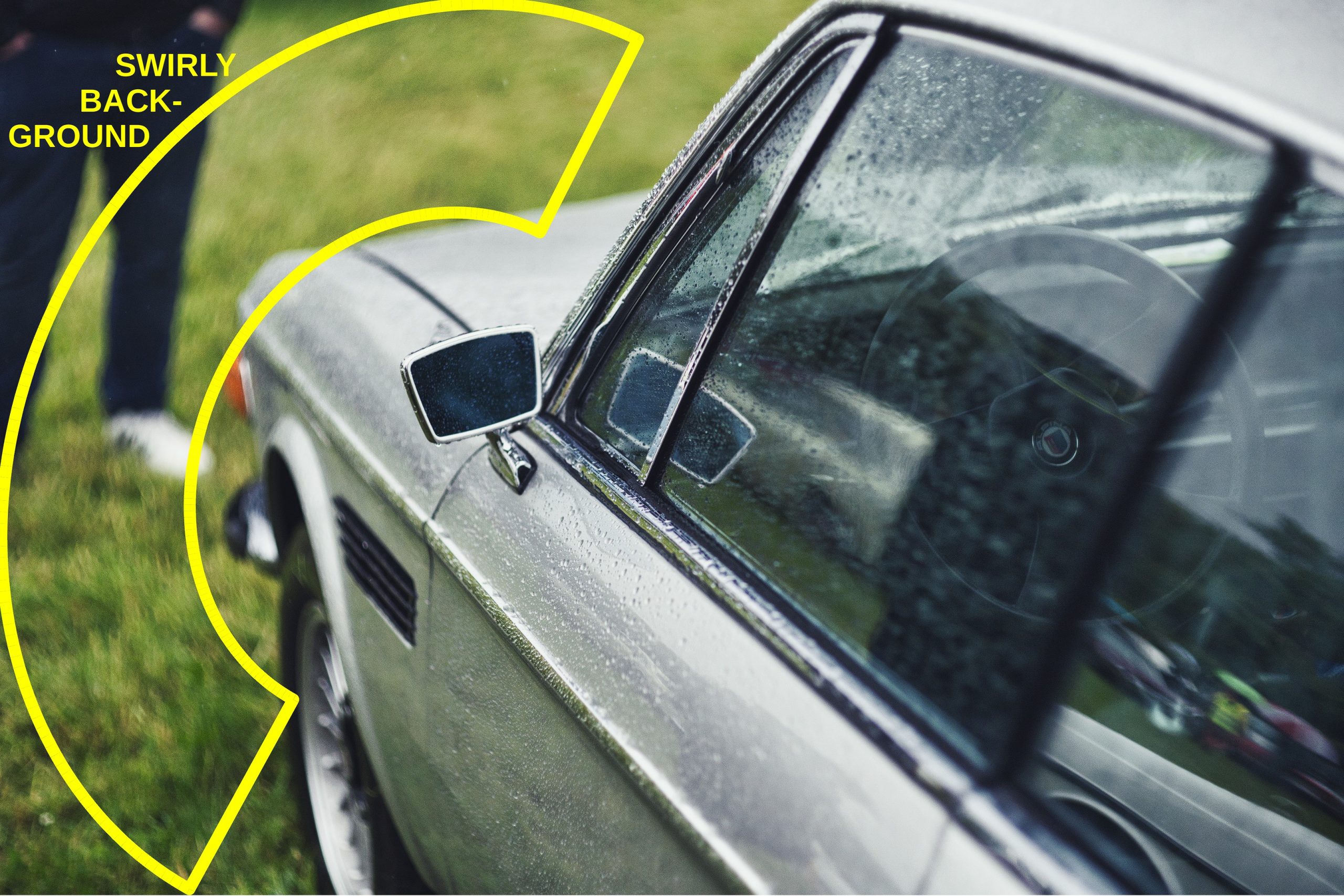
Shot with the TTArtisan 75mm f/1.5 lens: silver BMW CS mirror shot at approx. 2 meter focus distance creates a swirly bokeh in the gras approx. 5 to 8 meters away. It’s not the best example photo, but the swirl effect should be still visible. Click on the image to enlarge … - At farther distances, the artistic bubble bokeh produces unique and artistically beautiful background details more than about 10 meters away, when shooting at apertures between f/1.5 and f/5.6. This bokeh style is, in my view, is a major advantage over modern lenses that tend to produce more clinical, characterless bokeh.
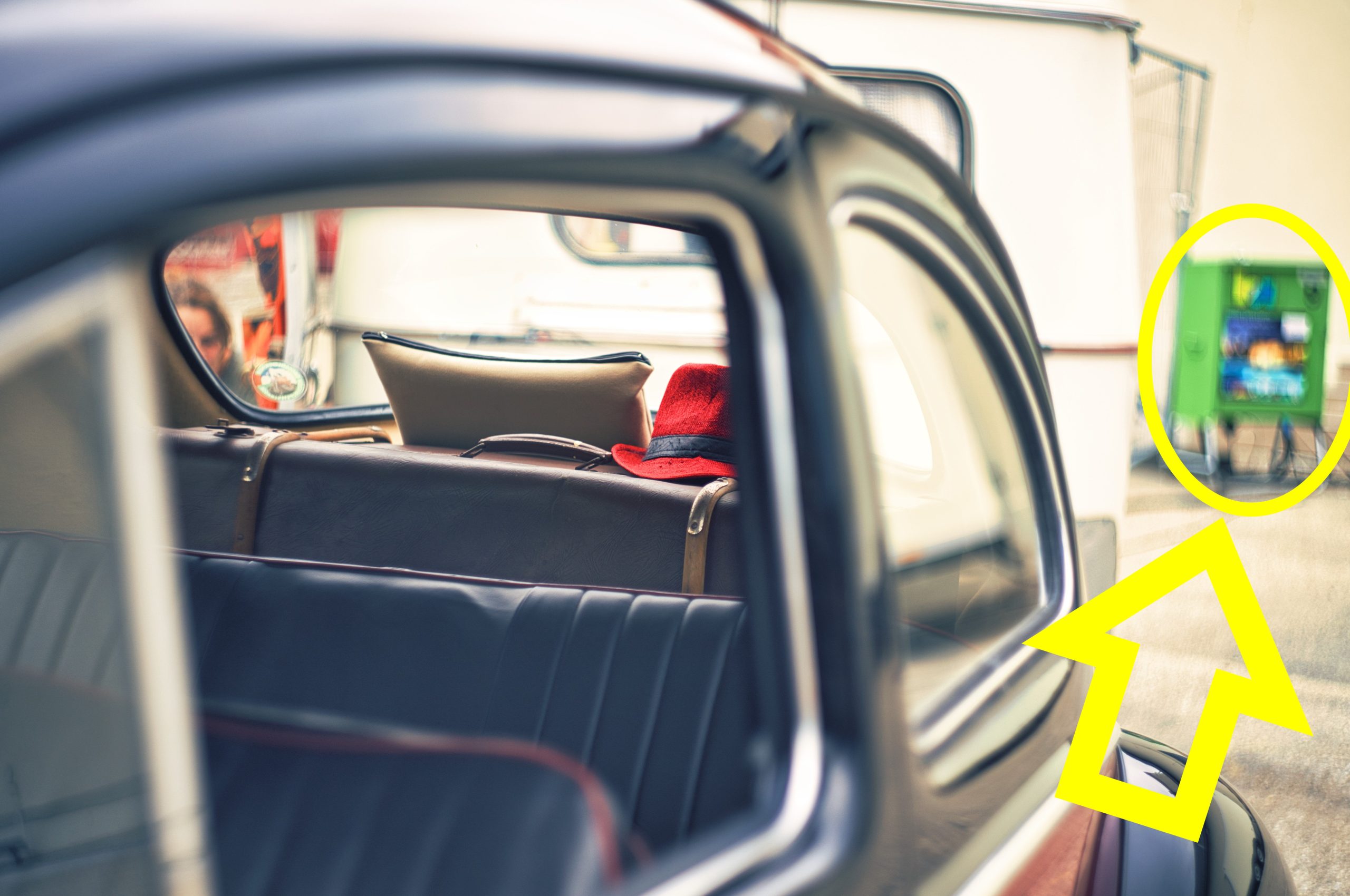
Take, for example, the green power distribution box on the right: the artistic bubble bokeh of the Zeiss Biotar lens renders the power box into a beautifully soft and distinctive piece of art. This effect is especially noticeable in backgrounds more than about 10 meters away, when shooting at apertures between f/1.5 and f/5.6. Click on the image to enlarge …

What I appreciate most about Biotar-inspired lenses isn’t the famous swirly bokeh, which only appears under specific conditions, but rather the unique and artistic way they render background details with their artistic bubble bokeh.
In my view, this gives Biotar-type lenses a distinct advantage, especially compared to many modern lenses that often render backgrounds with a more clinical and characterless blur. Of course, the aesthetic appeal of bokeh is highly subjective, what feels artistic to one person may seem distracting to another. Still, for me, the unique character and visual charm of Biotar-style bokeh is something I truly appreciate.
Photos of the Carl Zeiss Jena Biotar-inspired TTArtisan 75mm f/1.5 lens
When you click on an image in the galleries, following buttons will allow you to select some features. Use Original-size to watch the photo in full resolution:
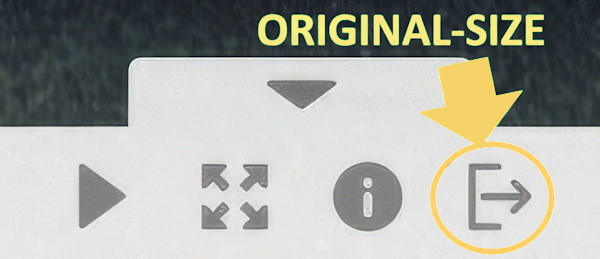
Slideshow | Fullscreen | Image-Info | Original-size
Similar housing design as Carl Zeiss Jena Biotar 58mm f/2
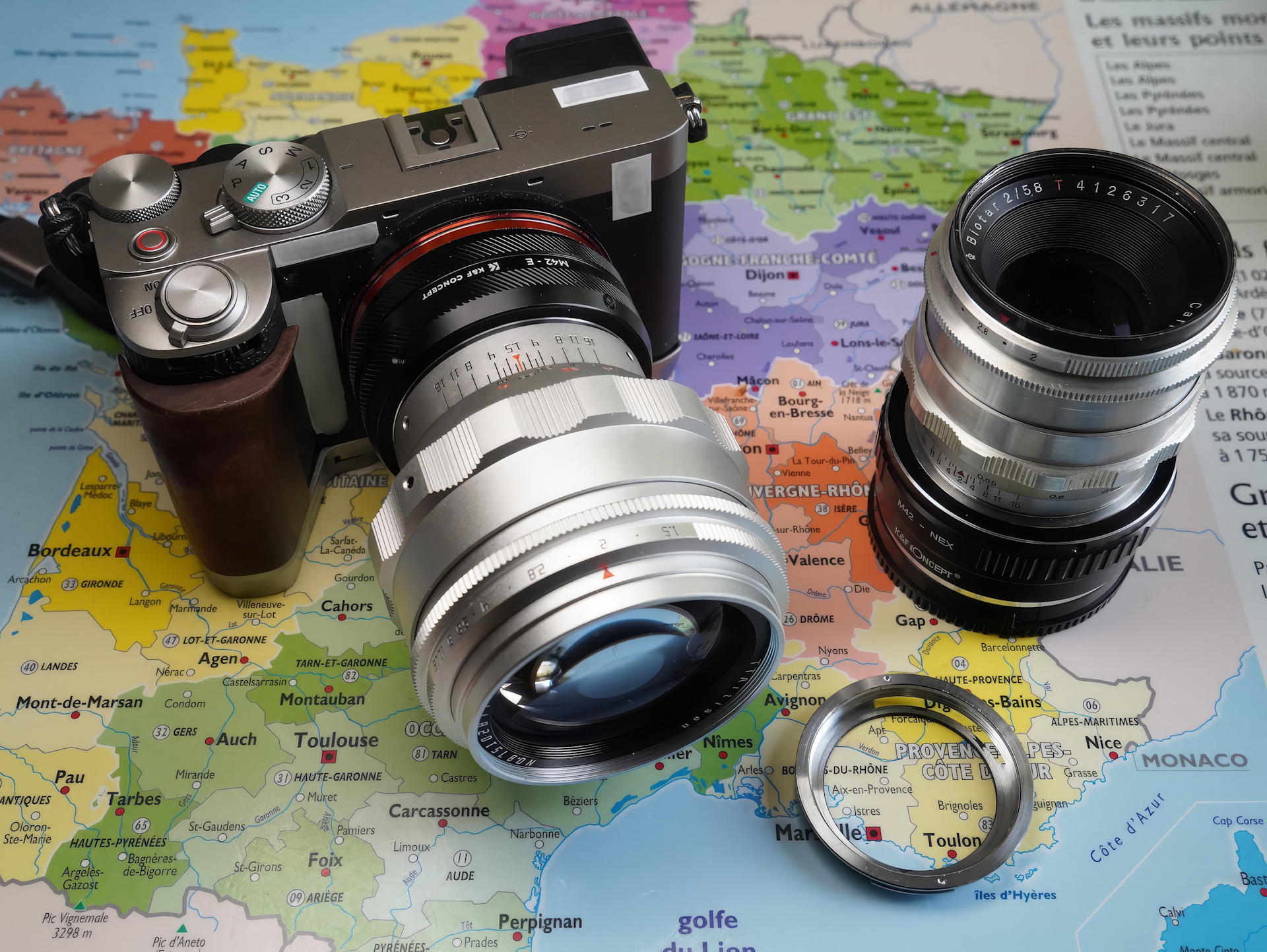
If you want a deeper understanding of why the optical Biotar design was such a groundbreaking achievement and success in lens technology, please read my article on the subject: Lens Design Evolution: Gauss, Double Gauss, Planar, Biotar and Biometar.
TTArtisan M42 lens on Contax/Yashica mount film camera
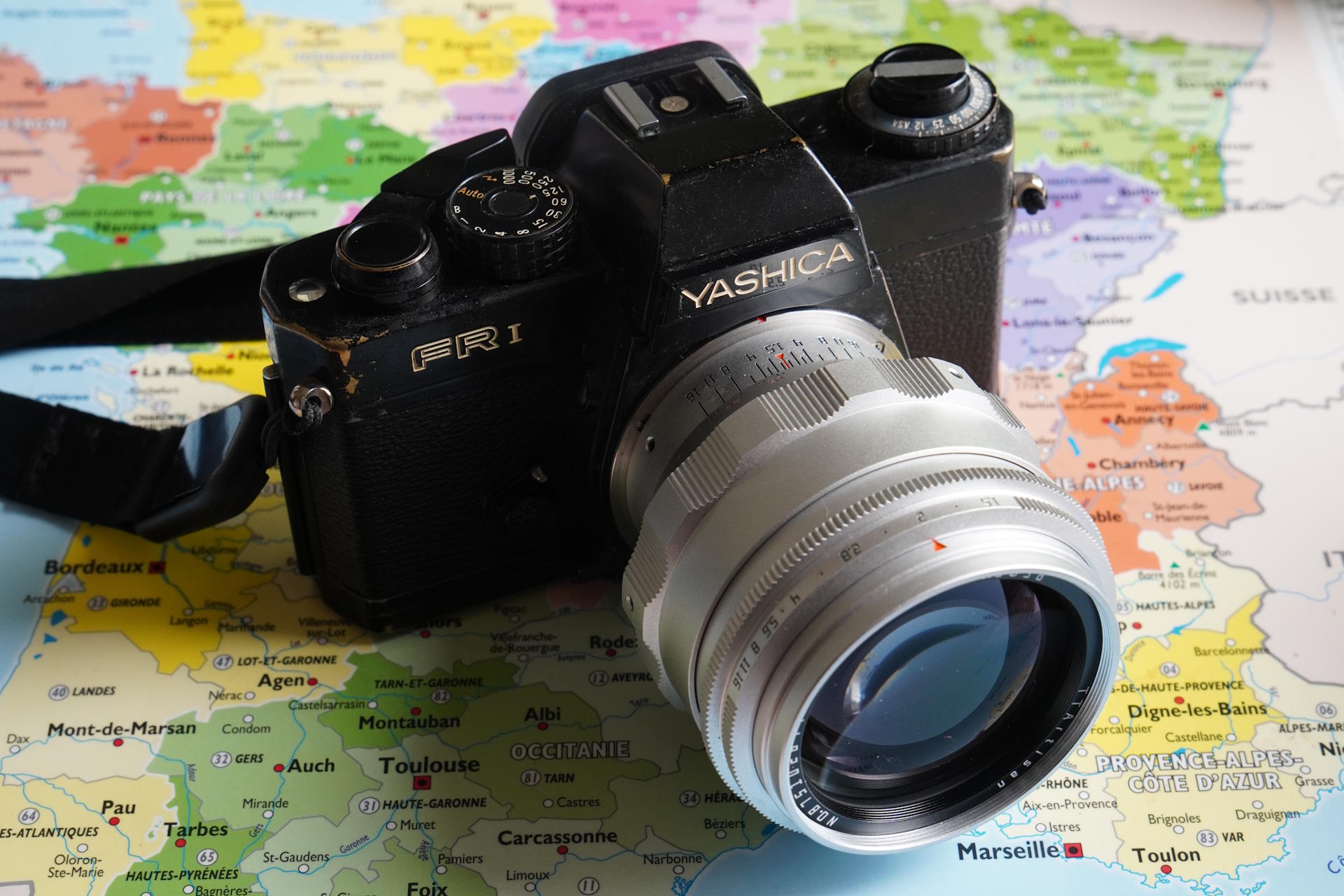
The TTArtisan lens can be used on vintage film cameras with M42 mounts as well as on various mirrorless camera systems via affordable adapters; however, TTArtisan clearly states that the lens is not compatible with Nikon F-mounts.
Don’t miss Part 2 of this Biotar Lens article!
More Information on the Carl Zeiss Jena Biotar-inspired TTArtisan 75mm f/1.5 lens by Steven Tanno from Tokyo area, Japan
Qing Li, TTArtisan’s Founder and CEO and a devoted vintage camera and lens collector, shares his insights in an engaging interview with Richard Wong from Auckland, New Zealand.
Take a look at the beloved camera and lens collector’s items that Mr. Qing Li is storing in the wooden drawer behind his desk.
In this 2019 interview, Qing Li said: I have always been a big fan of photography and I am really obsessed with photography equipment. I have collected and used about 90% of the lenses produced since the 1980s.
More articles about Swirly Bokeh Biotar lenses
Swirly Bokeh? The legendary Zeiss Biotar 58mm f/2 vs. the Russian copy Helios 44M-4 58mm f/2 lens
Classic cars shots with Zeiss Biotar and Helios-44 58mm f/2 lenses on Sony a7ii and a6100 cameras
More than Swirly Bokeh: Zeiss Biotar 58mm f/2 lens adapted to a Sony a6100 APS-C camera
Lens Design Evolution: Gauss, Double Gauss, Planar, Biotar and Biometar
Don’t hesitate to leave a comment below
Your comments are highly valued. Please note that comments undergo manual verification to prevent spam, which may cause a delay in their appearance.